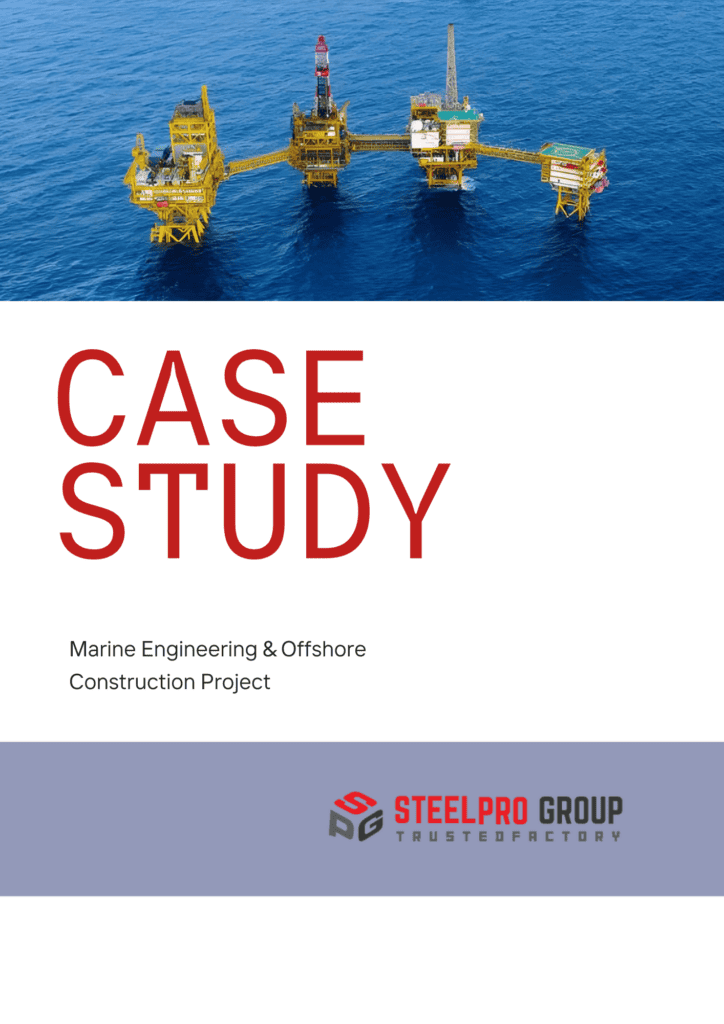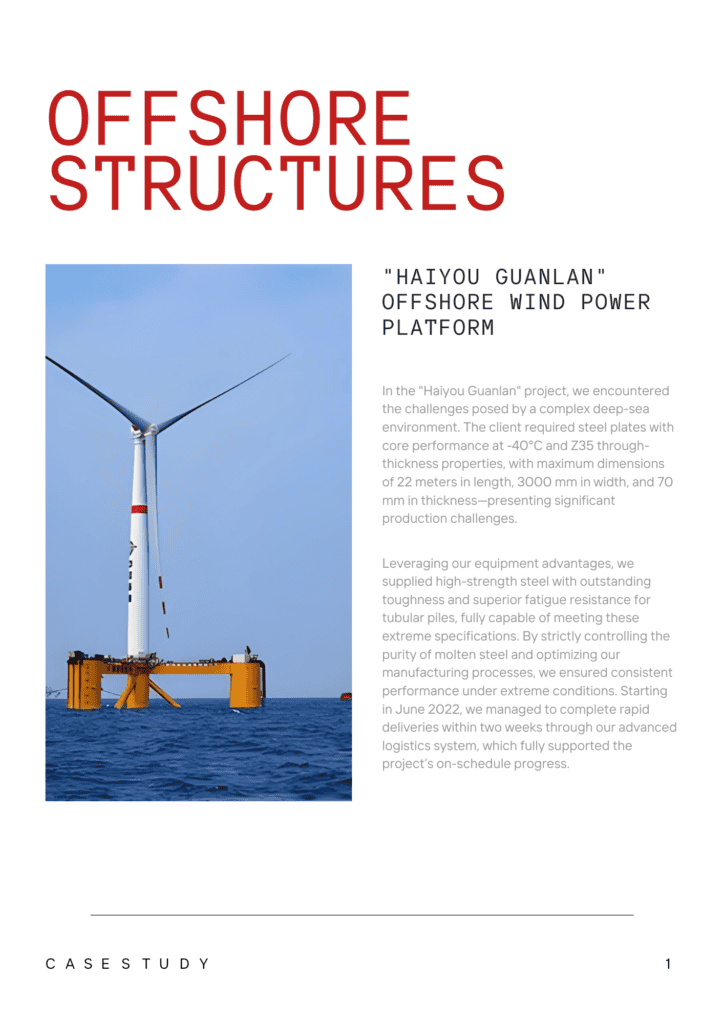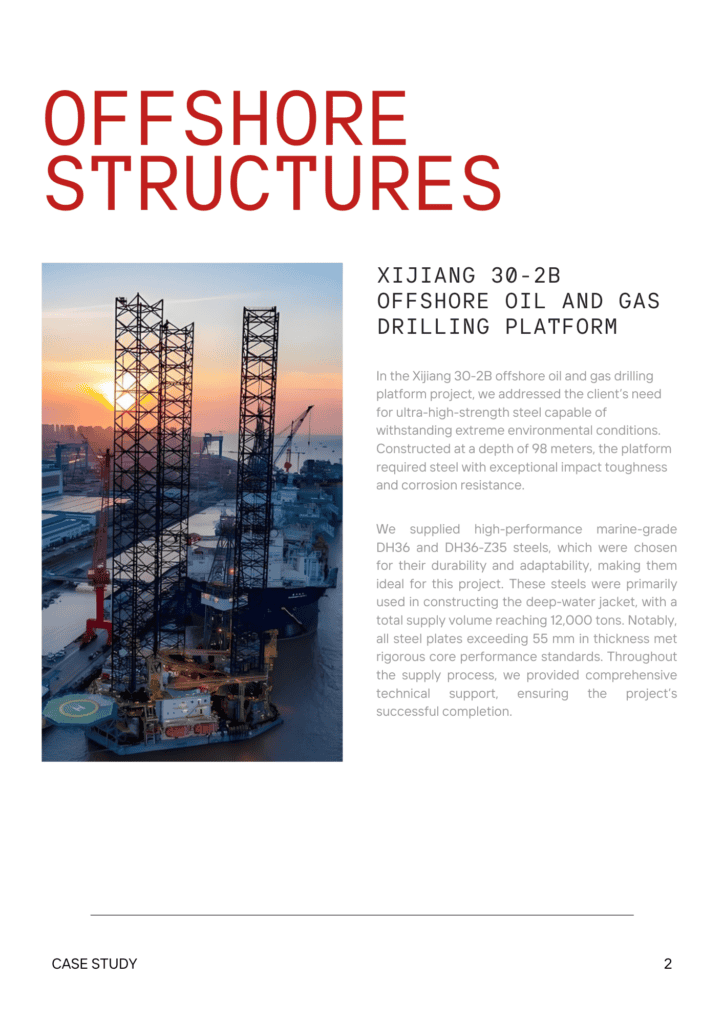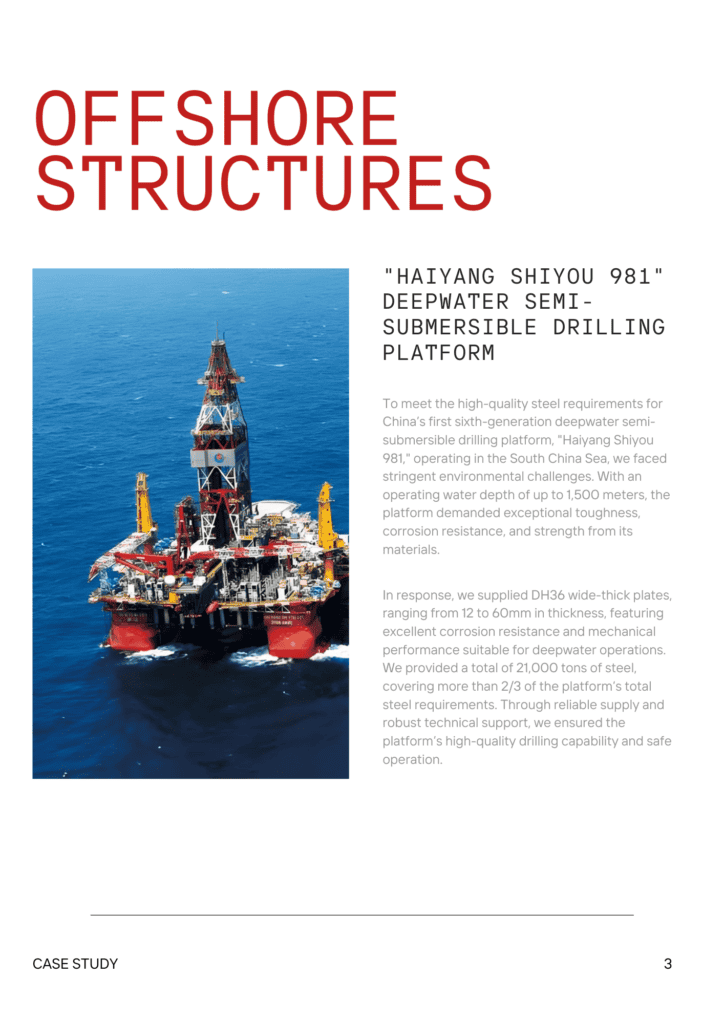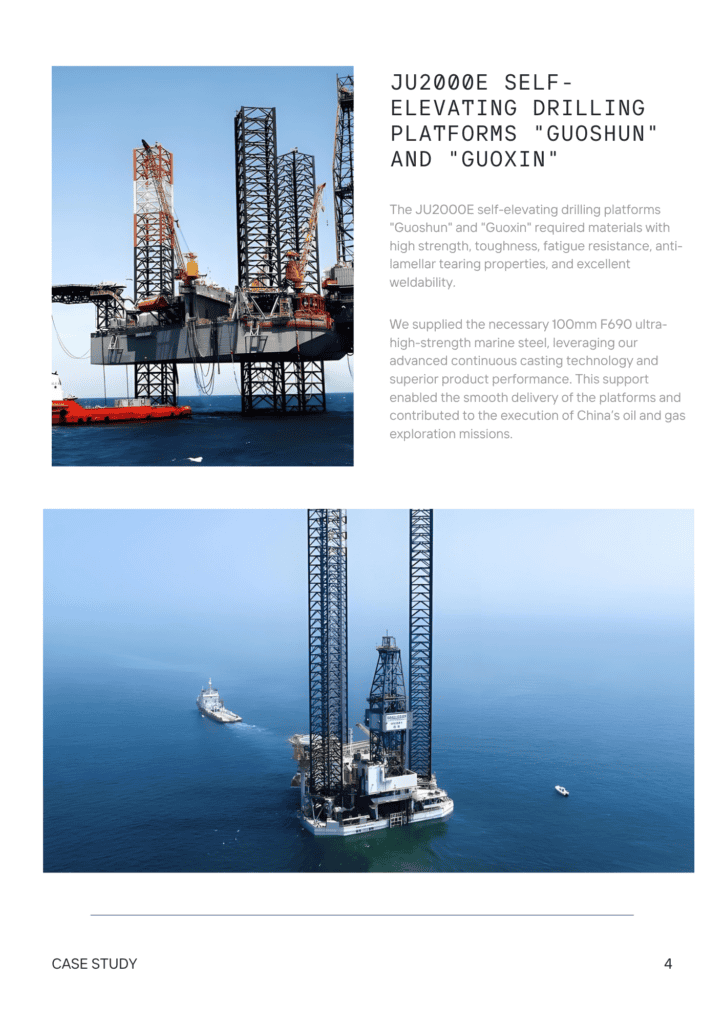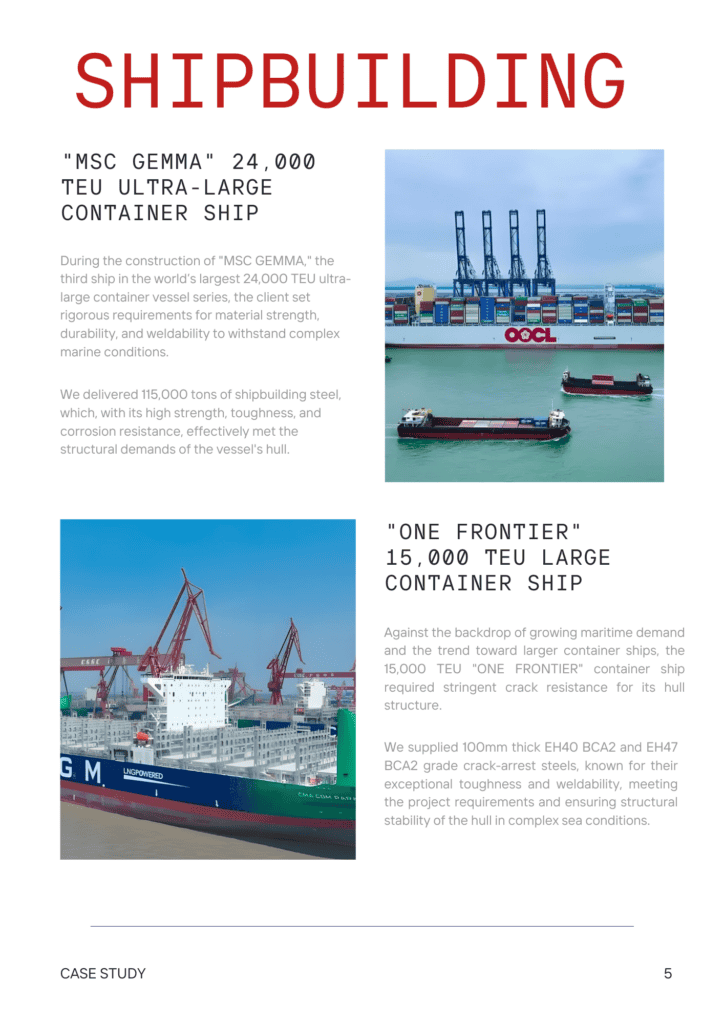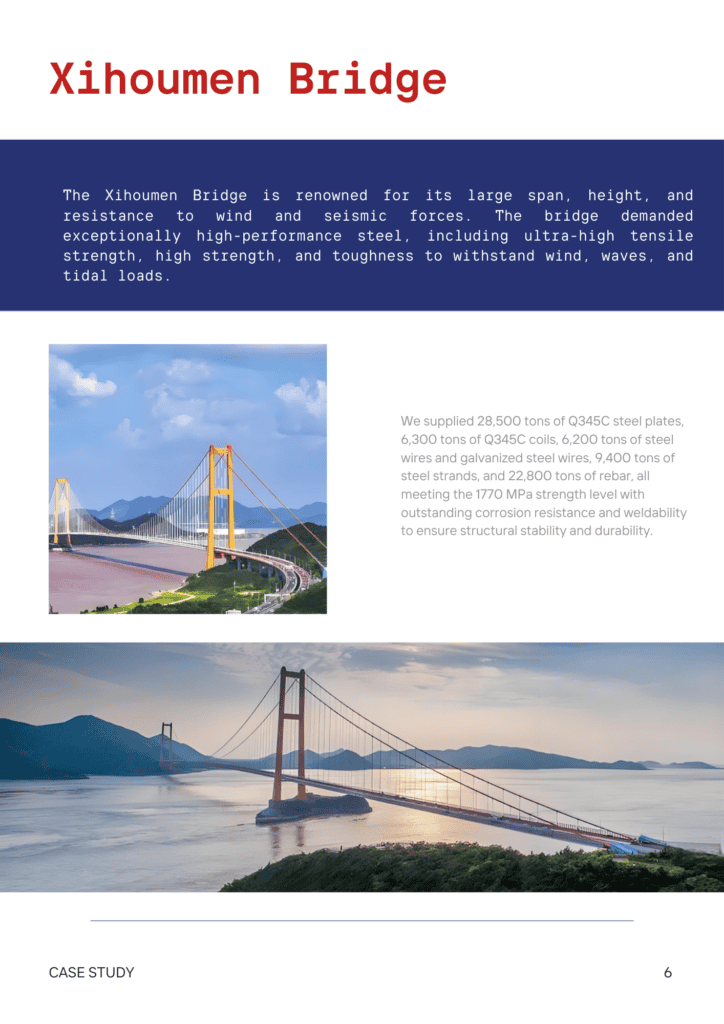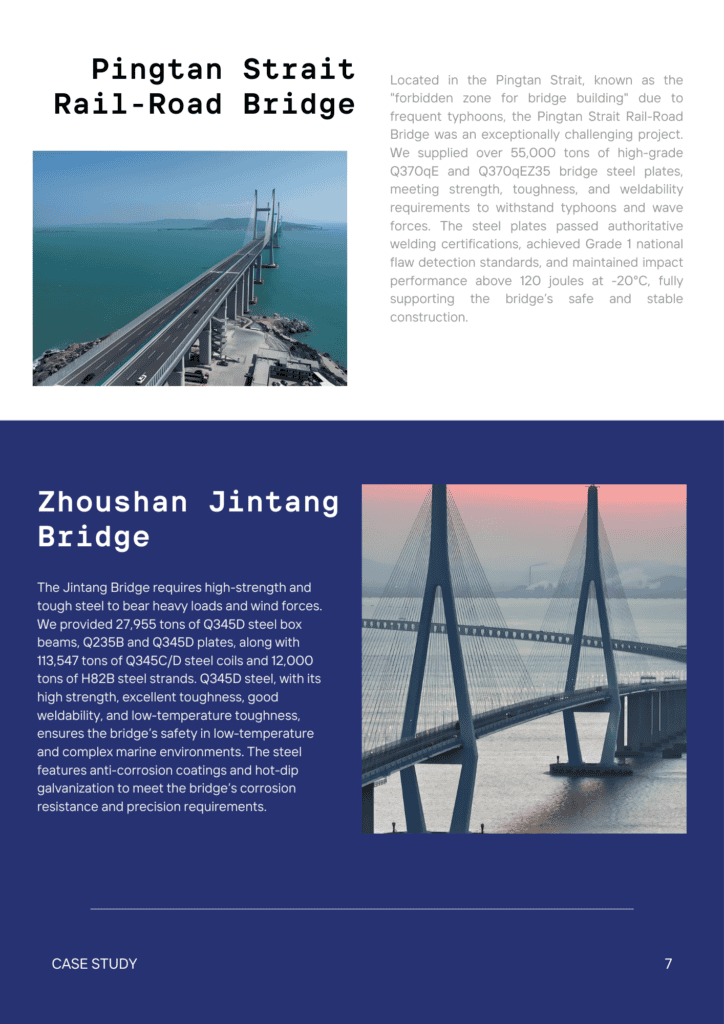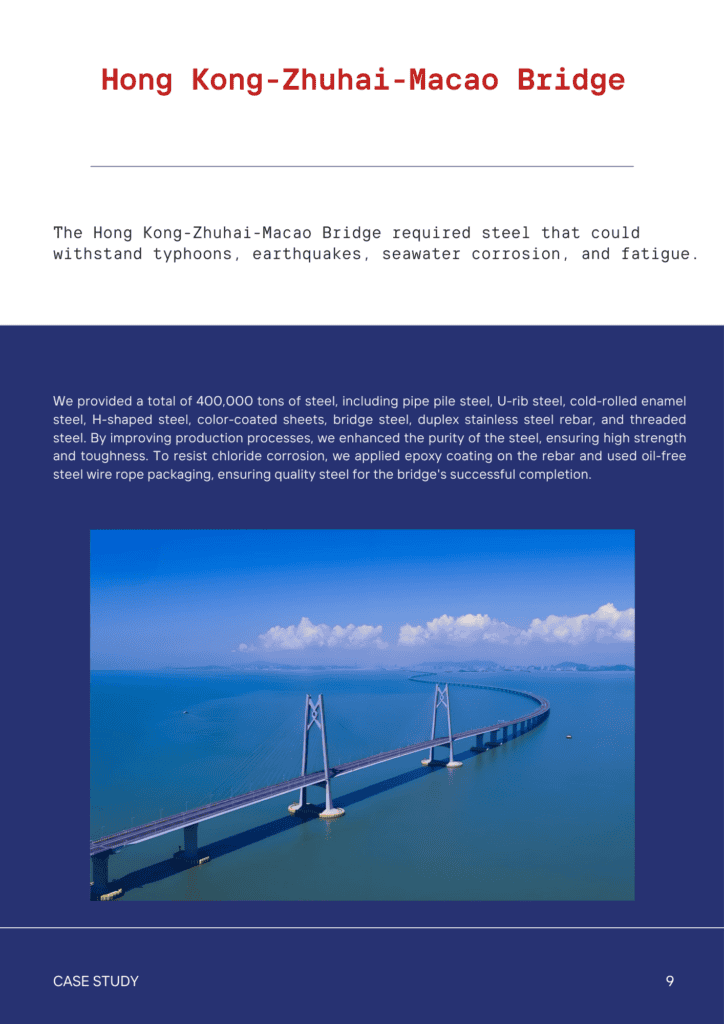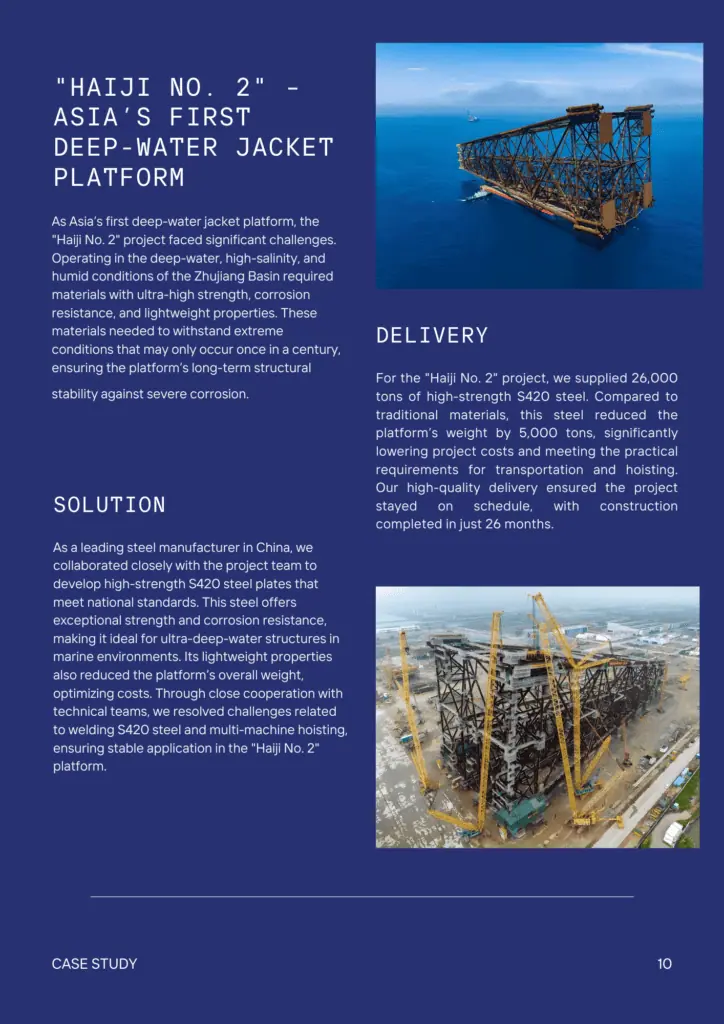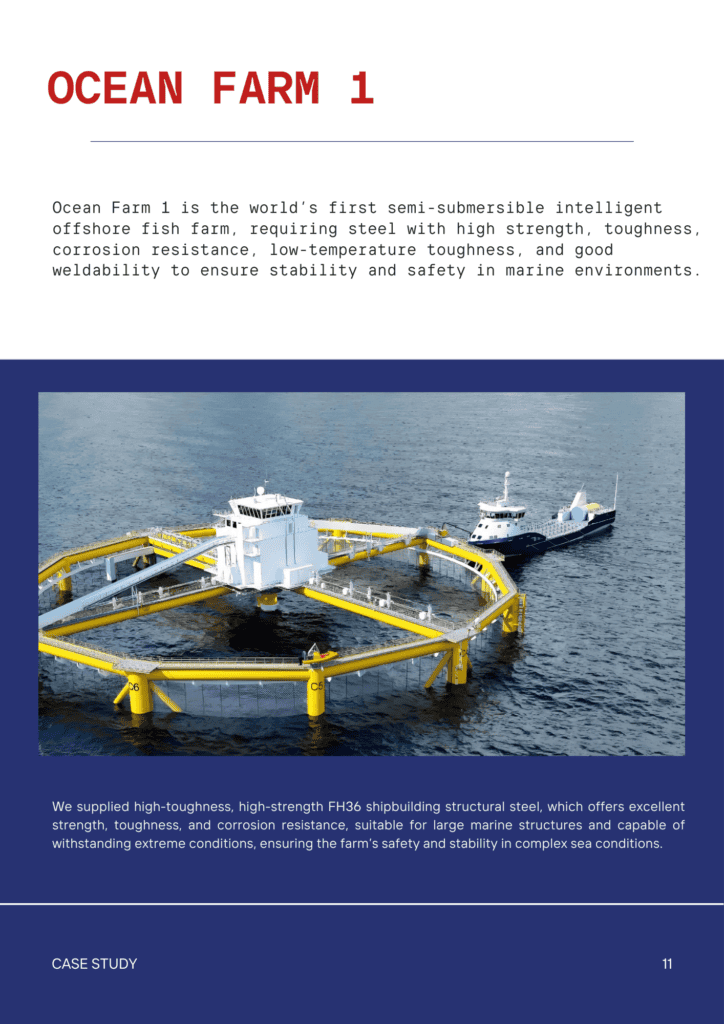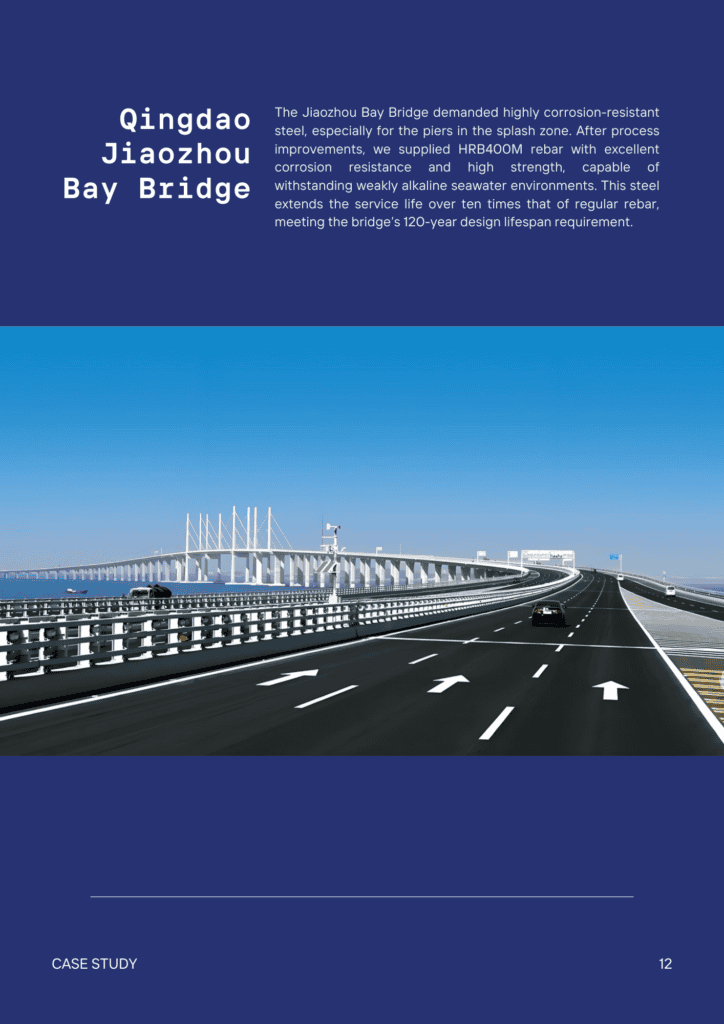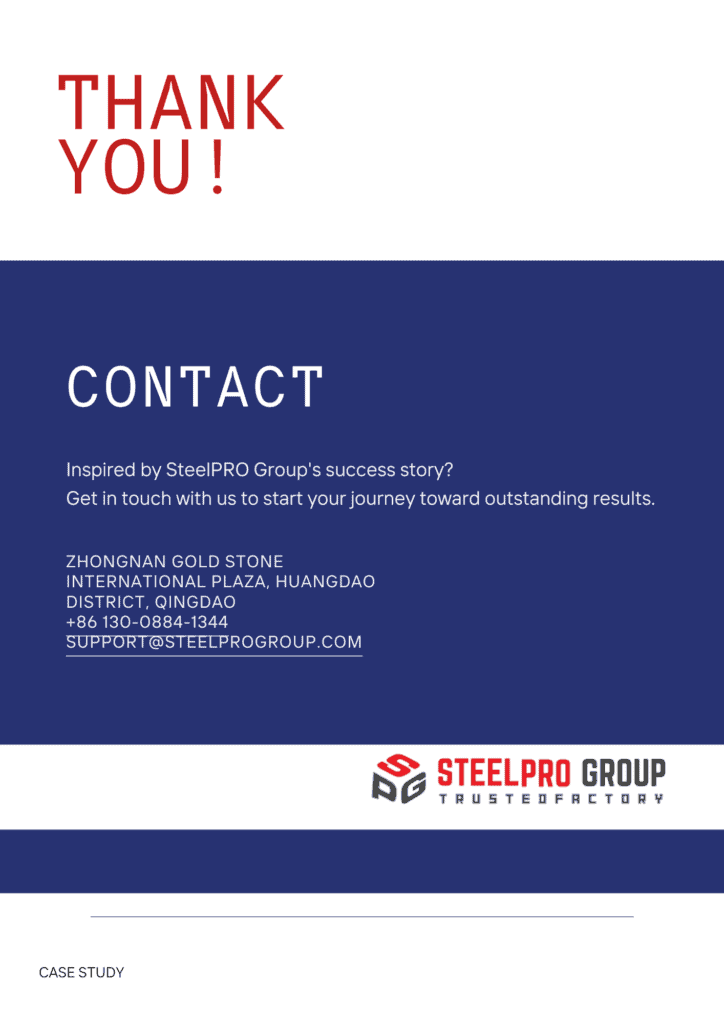Contents
ABS Grade AH40, DH40, EH40, FH40 Shipbuilding Steel Differences
- John
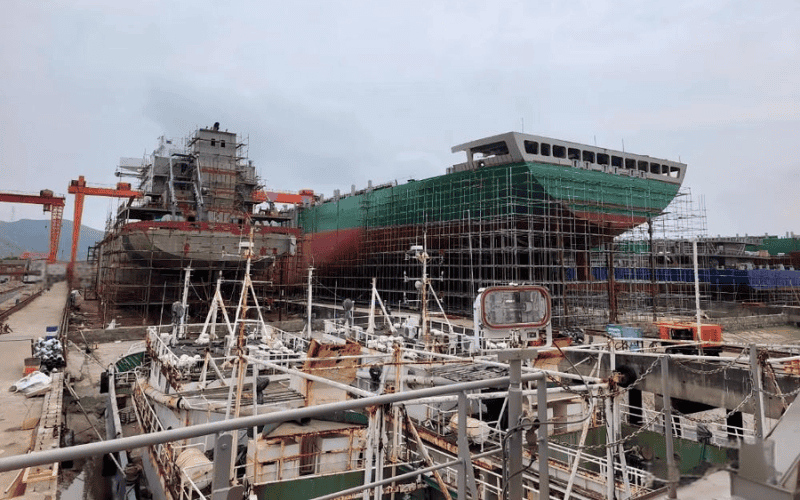
AH40, DH40, EH40, and FH40 are high-strength low-alloy (HSLA) steels, each suited for different marine environments. In essence, the key difference lies in their toughness and impact resistance, which improves from AH40 to FH40.
AH40 is suitable for general marine applications, offering good strength and weldability. DH40 is tougher and designed for vessels in moderate ice or impact conditions. EH40 offers superior toughness for harsher environments like icebreakers and offshore drilling platforms. FH40 is built for extreme conditions, with exceptional toughness for deep-sea and high-impact offshore environments.
ABS Grade: AH40 | DH40 | EH40 | FH40
AH40, DH40, EH40, and FH40 are high-strength low-alloy (HSLA) steels. They are compliant with ISO 630 and ISO 15608 standards. These steels are used in marine vessels and offshore structures, offering a balance of strength, toughness, and weldability. Certified by ABS and other classification societies, they are designed to perform in demanding maritime environments.
Chemical Composition Of AH40, DH40, EH40, FH40
| Element | C | Mn | Si | P | S | Cr | Ni | Mo | Cu | N | CEV |
| AH40 | ≤0.18 | 0.90–1.60 | 0.15–0.50 | ≤0.030 | ≤0.030 | ≤0.20 | ≤0.40 | ≤0.08 | ≤0.35 | – | ≤0.40 |
| DH40 | ≤0.18 | 0.90–1.60 | 0.15–0.50 | ≤0.025 | ≤0.025 | ≤0.20 | ≤0.40 | ≤0.08 | ≤0.35 | – | ≤0.40 |
| EH40 | ≤0.18 | 0.90–1.60 | 0.15–0.50 | ≤0.025 | ≤0.025 | ≤0.20 | ≤0.40 | ≤0.08 | ≤0.35 | – | ≤0.40 |
| FH40 | ≤0.16 | 0.90–1.60 | 0.15–0.50 | ≤0.020 | ≤0.020 | ≤0.20 | ≤0.80 | ≤0.08 | ≤0.35 | ≤0.009 | ≤0.45 |
- The carbon equivalent calculation formula:
CEV = C + (Mn / 6) + ((Cr + Mo + V) / 5) + ((Ni + Cu) / 15).
Mechanical Properties Of AH40, DH40, EH40, FH40
| Property | AH40 | DH40 | EH40 | FH40 |
| Yield Strength (min) | 390 MPa(57 ksi) | 390 MPa(57 ksi) | 390 MPa(57 ksi) | 390 MPa(57 ksi) |
| Tensile Strength (min) | 510 – 660 MPa(71 – 90 ksi) | 510 – 660 MPa(71 – 90 ksi) | 510 – 660 MPa(74 – 96 ksi) | 510 – 660 MPa(74 – 96 ksi) |
| Elongation (min) | 22% in 200 mm(8 in) | 22% in 200 mm(8 in) | 22% in 200 mm(8 in) | 22% in 200 mm(8 in) |
| Charpy V-Notch Impact | 27 J at -20°C (-4°F) | 27 J at -20°C (-4°F) | 27 J at -20°C (-4°F) | 47 J at -40°C (-40°F) |
Prossesing Of AH40, DH40, EH40, FH40
Add Alloy Elements
To achieve the high-strength performance of AH40, DH40, EH40, and FH40 microalloying with elements such as Niobium (Nb), Vanadium (V), and Titanium (Ti) is commonly used. These elements, along with controlled rolling, refine the grain structure and enhance toughness.
Below is the typical content of these alloying elements in AH40, DH40, EH40, and FH40:
| Element | Ti | V | Nb | Al |
| Content(%) | ≤0.02 | 0.05-0.1 | 0.02-0.05 | 0.015 |
Grain-refining elements such as Titanium (Ti), Vanadium (V), Niobium (Nb), and Aluminum (Al) can be added to the steel either individually or in any combination.
- When added individually, the content of these elements should comply with the limits specified in the table.
- However, when two or more grain-refining elements are combined, the lower limit of the content for each element in the table does not apply: Nb+V+Ti≤0.12%
For FH40 steels containing aluminum, the nitrogen (N) content must not exceed 0.012%.
Hot Rolling & Forging
AH40, DH40, and EH40 are typically hot-rolled using conventional rolling techniques, followed by normalizing or quenching and tempering to achieve the desired strength and toughness.
FH40 requires a more controlled rolling process and higher precision in heat treatment due to its enhanced low-temperature toughness requirements.
Heat Treatment
- AH40, DH40, and EH40 are typically subjected to quenching and tempering processes.
These processes involve heating the steel to high temperatures (usually between 850°C to 950°C), followed by rapid cooling (quenching), and then tempering at 550°C to 650°C to adjust hardness and improve ductility and toughness.
- FH40, designed for harsher conditions, requires specialized heat treatment such as sub-zero tempering or pre-stress relief.
These processes ensure the steel maintains its toughness even at extremely low temperatures (down to -40°C), ensuring the required 47 J impact energy.
Welding
AH40, DH40, and EH40 offer good weldability with lower carbon content compared to higher-strength steels. This allows these grades to be welded using common MIG (Metal Inert Gas) and MAG (Metal Active Gas) welding processes. These steels are suitable for automatic or semi-automatic welding.
When welding FH40, special considerations, such as preheating (typically between 100°C to 150°C) and post-weld heat treatment (PWHT), are necessary to prevent cold cracking and maintain the material’s impact resistance. Additionally, low-hydrogen welding consumables are used to ensure high toughness in the weld zone, particularly in environments where low temperatures are a concern.
Applications Of AH40, DH40, EH40, FH40
AH40, DH40, EH40, and FH40 are used in shipbuilding for various types of vessels. The choice of steel grade often correlates with the ship’s expected operating environment (e.g., ice-breaking, deep-sea, or cold-water operations) and the load it is expected to carry.
| Grade | Applications | Environments |
| AH40 | Medium-sized bulk carriers, general cargo vessels, and tankers. | mild marine environments with minimal ice or extreme weather conditions |
| DH40 | Ice-class vessels, polar research vessels, and offshore oil tankers. | marine environments with moderate exposure to ice or impact |
| EH40 | Icebreakers, offshore drilling platforms, ice-class cargo ships, and polar exploration vessels. | offshore environments with severe ice, high winds, and high-pressure conditions |
| FH40 | Ice-breaking, deep-sea operations, and heavy-duty offshore platforms. | Arctic/polar environments, harsh weather, high-impact conditions |
To gain a deeper understanding of how our shipbuilding steel grades have been successfully applied in shipbuilding and offshore projects, just contact us by e-mail here!
You will receive exclusive case studies to guide you in making more informed decisions for your marine construction projects.
Product Dimensions Of AH40, DH40, EH40, FH40 Steel Plate
In the shipbuilding and offshore construction industries, AH40, DH40, EH40, and FH40 steel grades are primarily procured as steel plates. These high-strength, low-alloy steels are critical for constructing hulls, decks, and other structural components of vessels and offshore platforms.
Here is the typical size range for AH40, DH40, EH40, and FH40 steel plates:
- Thickness: 6 mm (0.24″) to 200 mm (7.87″)
- Width: 1,500 mm (59″) to 3,000 mm (118″)
- Length: 6,000 mm (236″) and 12,000 mm (472″)
Premium Steel for Marine & Offshore Construction
At SteelPro Group, we are committed to providing high-quality shipbuilding steel for your demanding maritime or offshore construction projects. Our products, including AH40, DH40, EH40, and FH40 steel plates, are designed to meet the toughest requirements of the marine industry. Here is what we can offer:
- Material quality certified to international standards such as ASTM A131 and ISO 6365.
- Safety and compliance guaranteed with CCS, ABS, LR, and KR classifiers.
- Surface treatment options like shot blasting, spray painting, and coating for enhanced durability.
- Customized solutions tailored to meet your specific project requirements.
Contact us today to discuss your needs and receive a tailored proposal!



